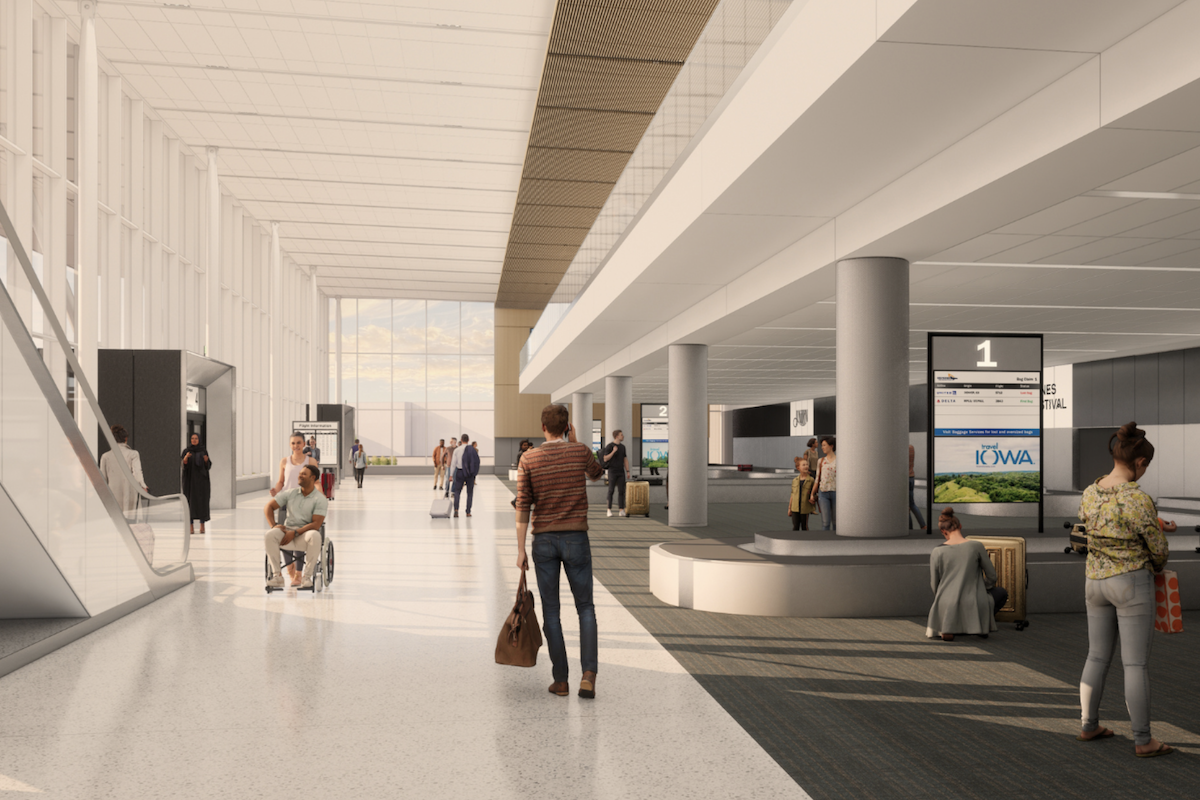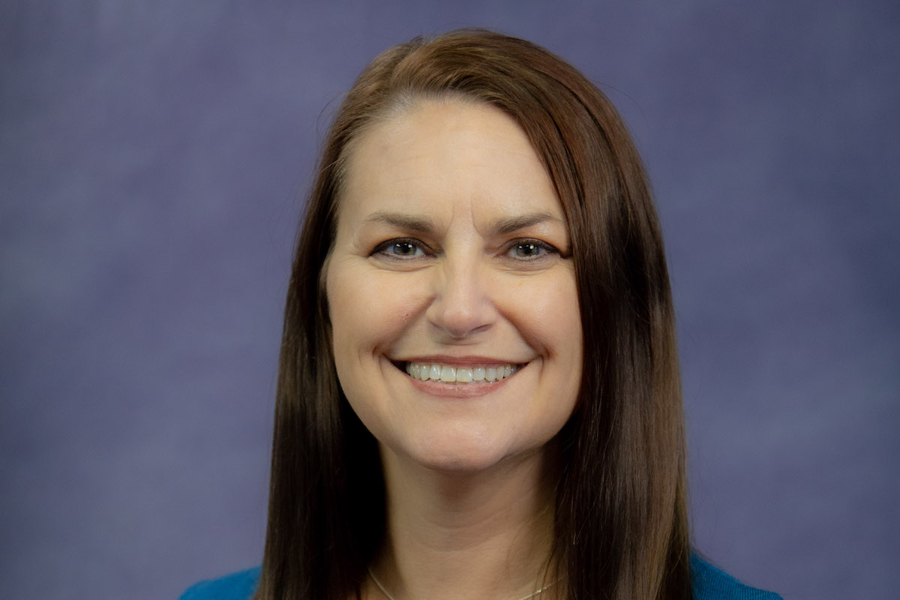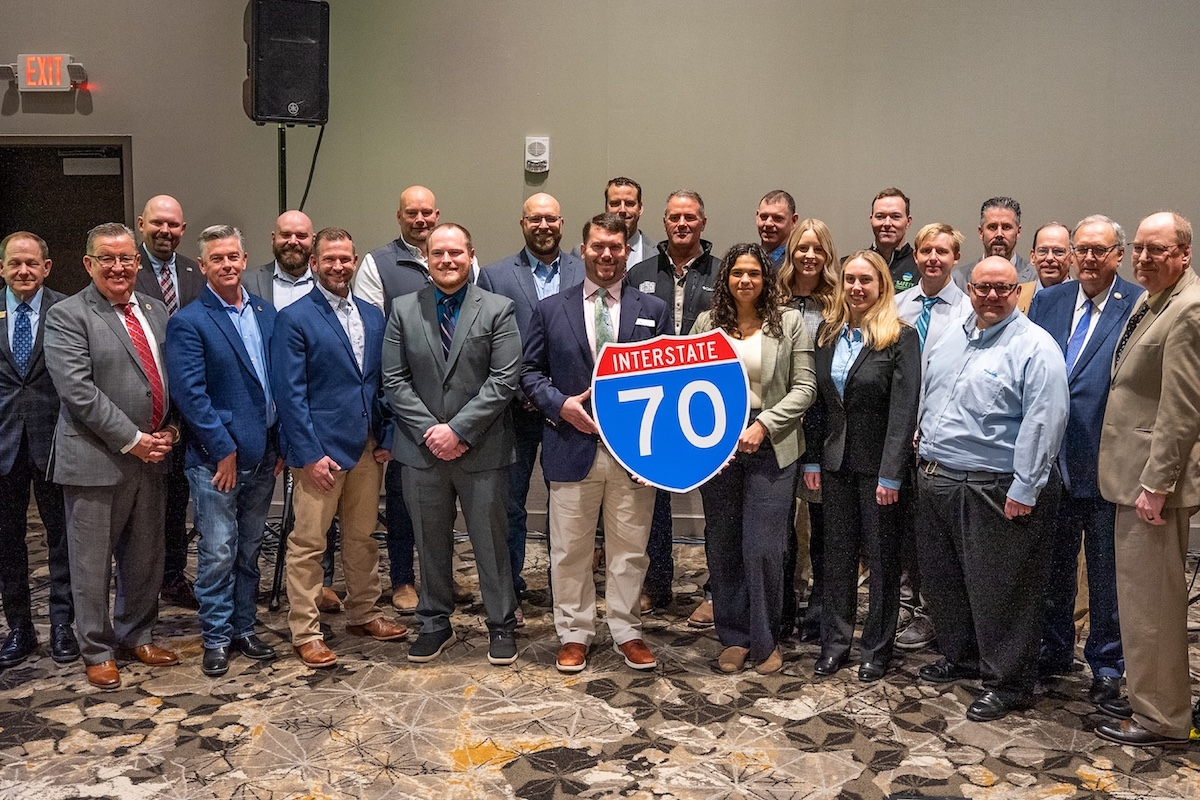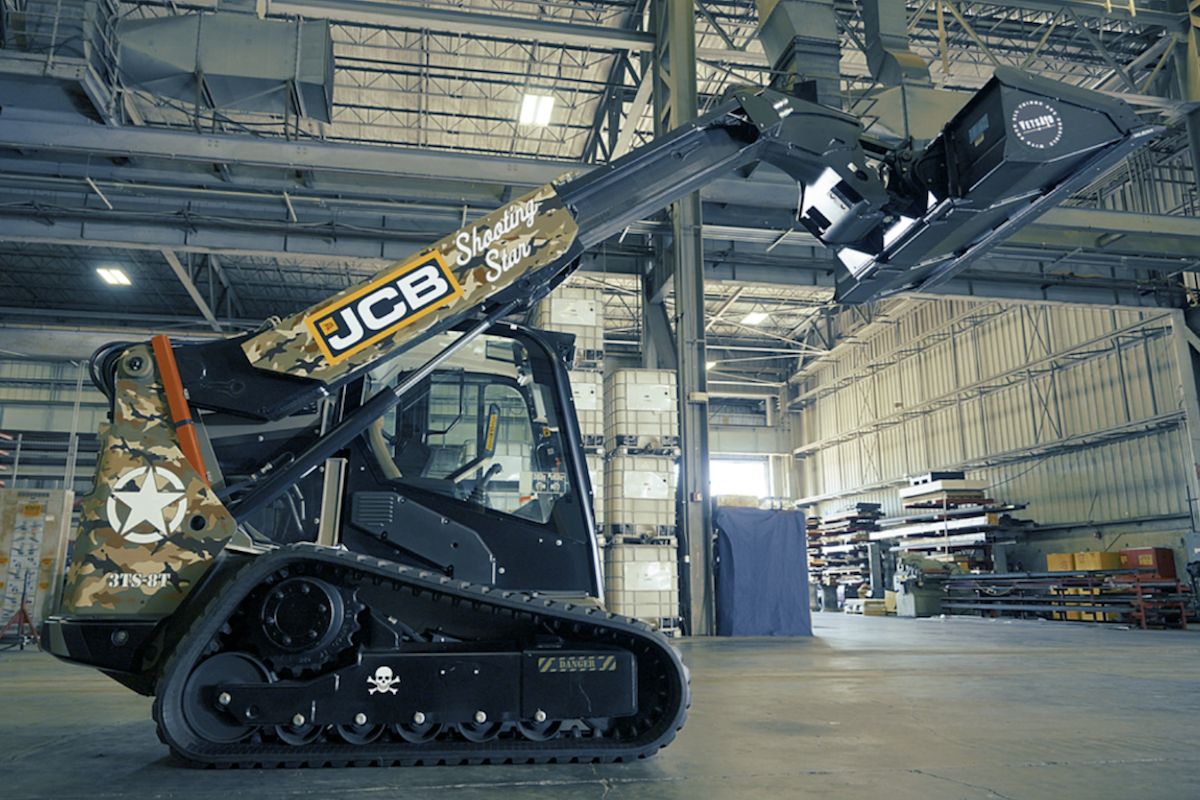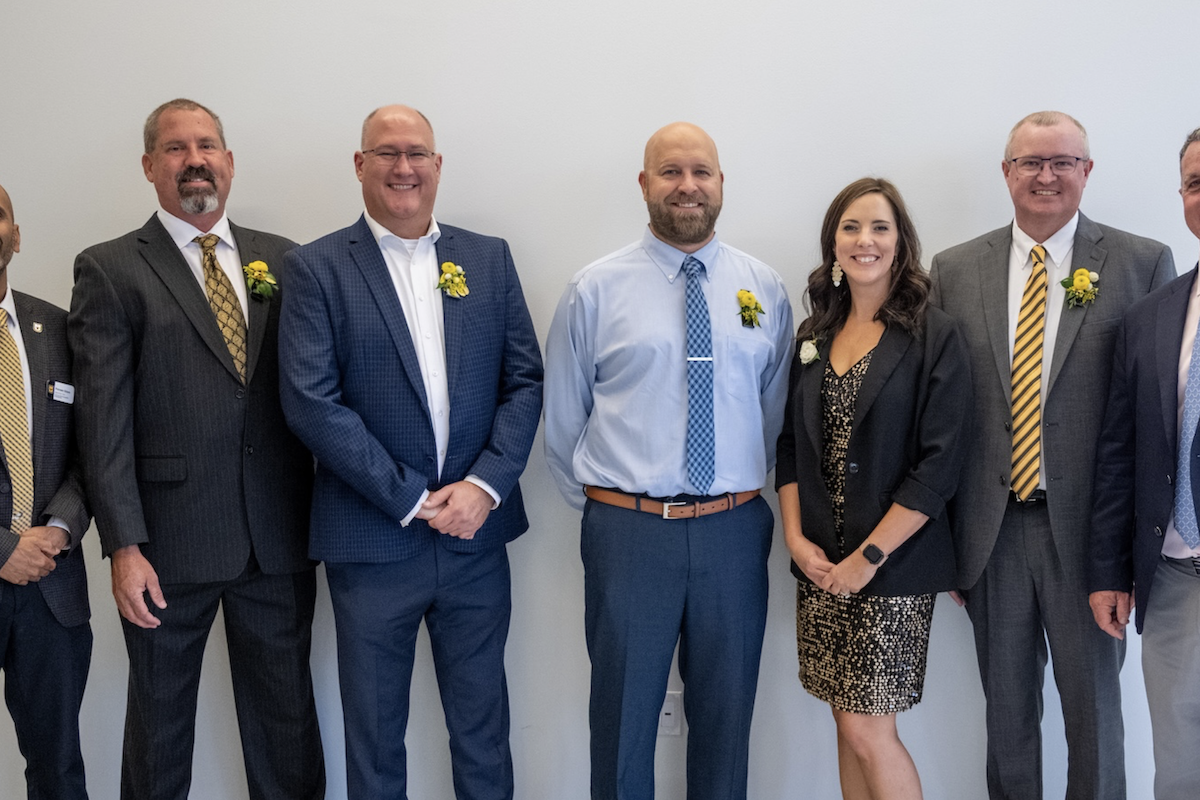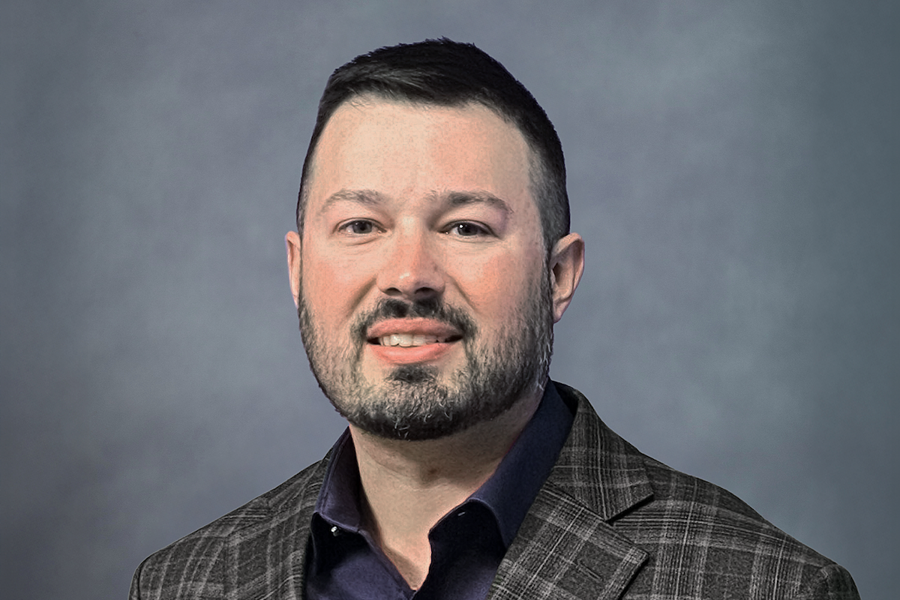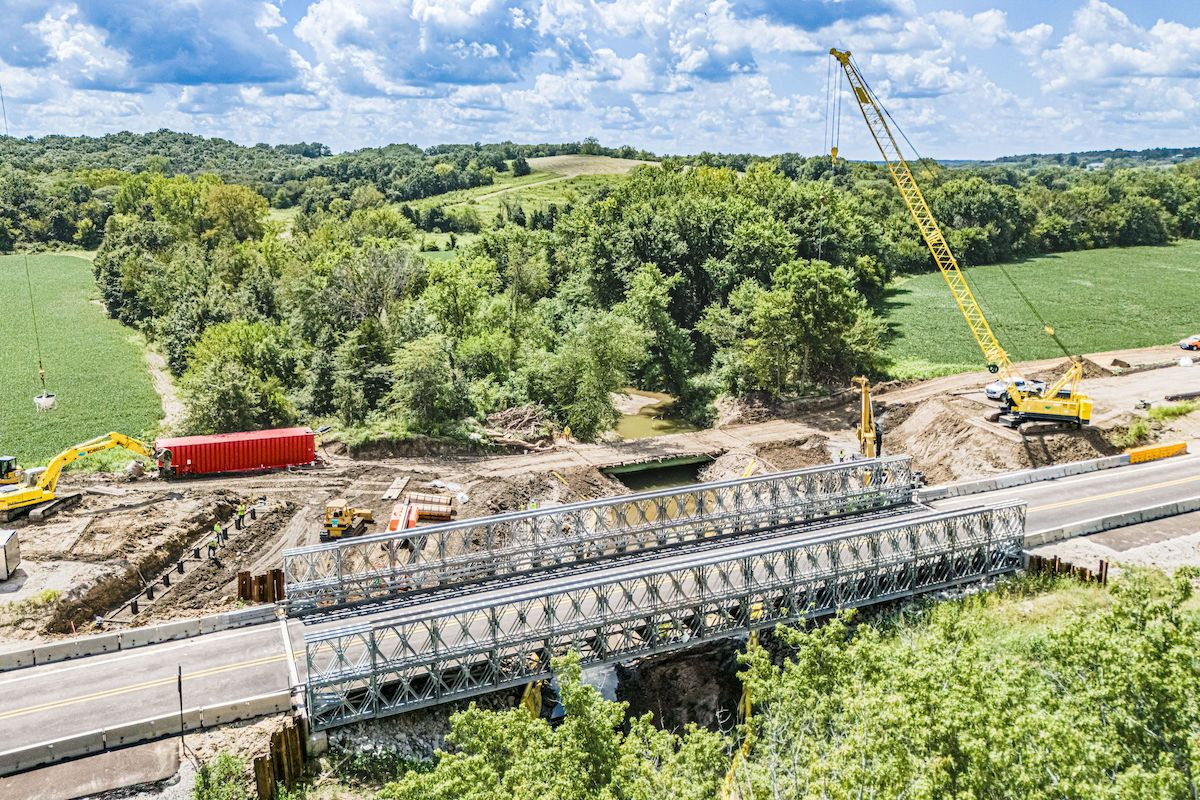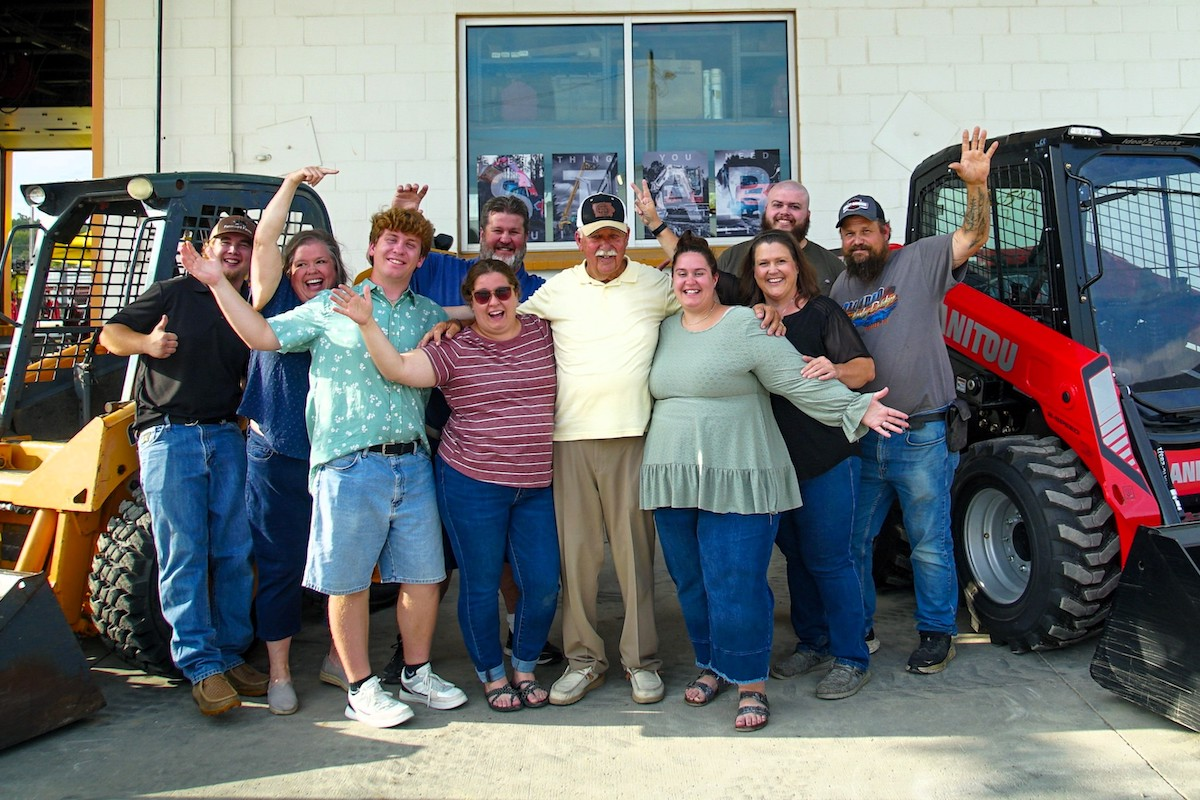“It will provide travelers with better access to jobs and recreation,” says Marisa Chong, Project Engineer with the Washington State Department of Transportation (WSDOT).
The interchange project is the latest addition to a multiyear investment in making the busy corridor easier for motorists to navigate and improving access to the freeway for the residents of Kirkland.
“Those multimodal projects work together to make the corridor better for traffic throughout and more accessible for pedestrians and bicyclists,” says Victoria Miller, a Spokesperson for WSDOT.
Seventeen different state, local, tribal, and federal agencies have participated in the planning for the corridor, said Amy Scarton, Deputy Secretary of WSDOT, at the groundbreaking for the current project.

| Your local Komatsu America Corp dealer |
|---|
| Road Machinery and Supplies Company |
The improvements address failing infrastructure, open upstream fish habitat and connect communities. The department delivered the first project in 2005. WSDOT has invested more than $2 billion on the plan’s projects.
The $50 million I-405/NE 132nd Street interchange is one of two current projects under construction. The second is an I-405 widening and express toll lanes project between Renton and Bellevue.
The $16 billion Connecting Washington Package, a gas tax increase approved by the legislature in 2015, funds the current interchange project. The package supports projects that preserve the state highway system, reduce congestion, and improve freight reliability.
Governor Jay Inslee called the groundbreaking on the interchange “a great day for the state of Washington, because it is a day that realizes how we build a new vision for our state.”
WSDOT proceeded with the design-build delivery method for surety in cost, plus it allows the contractor the flexibility to innovate while meeting the design needs, reports Craig Smiley, Spokesman for the project for WSDOT. One suggestion from the design-build team was closing NE 116th Avenue, which intersects with NE 132nd Street, for up to two months in the spring to more efficiently get the work completed.
The delivery method has proven successful for WSDOT in the past, with 15 design-build projects having been delivered on time and budget.
“Working closely with the design-builder, stakeholders, and the city, we have been successful resolving challenges,” Chong says.
During the design process, the department employed modeling with MicroStation InRoads and PTV Vissim to simulate traffic flow with different configurations to see different visuals.
Crews started constructing the project in spring 2022. The contractor has encountered heavy rainfall on a job with a tight turnaround time.
The intersection features a half-diamond design, with two ramps, one for entering I-405 northbound and one from southbound I-405 to NE 132nd Street. It will provide access to the Kingsgate Park and Ride and Sound Transit’s planned I-405 Bus Rapid Transit. The department decided on creating roundabouts after discussions with stakeholders. It will be the first roundabout in Kirkland.
“They take up less space in the project area and have better safety benefits,” Chong explains. “Drivers don’t have to wait for the light or try to beat the light.”
A federal court injunction requires Washington State to repair or replace some state-owned culverts that restrict salmon and steelhead movement by 2030. Native American tribes in the state asked the U.S. District Court to hold the state accountable for a treaty-based duty to preserve fish habitats. This is one of the fish barriers that had to be removed.
“The fish cannot pass through the existing pipe,” Smiley explains. “So we are replacing it with something similar to the natural stream.”
Crews will install a new crossing, including multiple open channels, to create 3,000 feet of new upstream habitat for fish. The team is working in the water, but crews are staying out of the tributary during spawning season to avoid disturbing the fish.
The project also includes seismic retrofitting of the bridge over NE 132nd Street, to ensure it can withstand an earthquake. Several active faults are present in the state, and Washington is second only to California in risk for a damaging earthquake, according to the Washington State Department of Natural Resources.
“On this project, we are doing some carbon fiber wrapping of the columns and abutment work,” Smiley says.
Throughout the project, traffic has continued to flow on all lanes on I-405. Some local streets have been closed, with small detours. Some work takes place at night.
The interchange is scheduled to open to traffic by the end of the year. The project will be complete in 2024. WSDOT officials praised the collaboration among the design-build team and the department.
“We looked at it as one team, the contractor and owner, delivering the project,” Smiley says. “We focused on removing barriers of communication. When a problem pops up or the contractor has an idea, we want to do what is best to move the project forward and make sure it’s successful.”
Photos courtesy of the Washington Department of Transportation


















